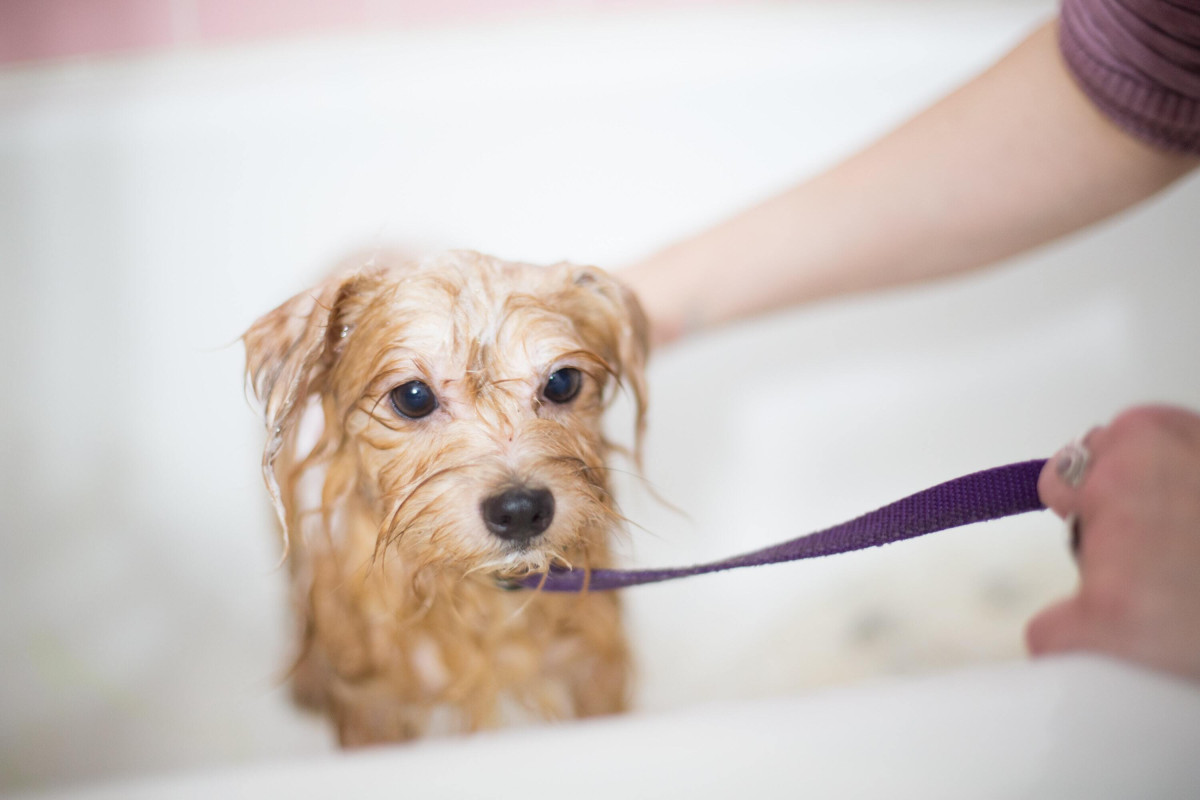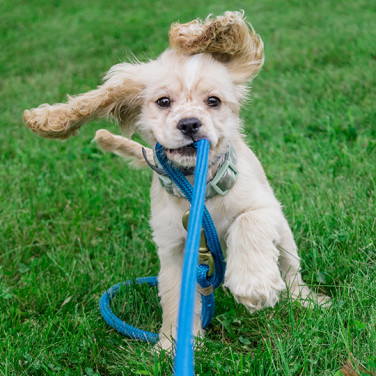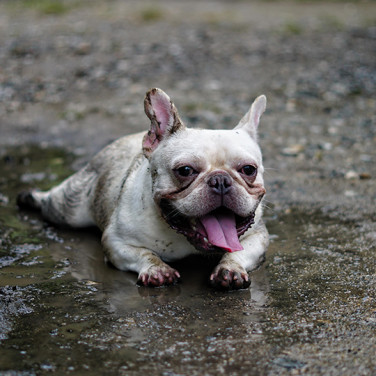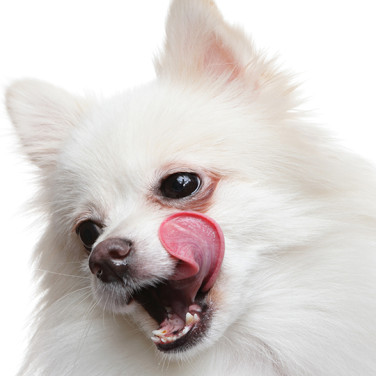ARTICLE
How to properly bathe your dog
페이지 정보
본문
An essential part of being a responsible pet parent is understanding when and how to properly bathe your furry little buddy. Regular baths not only ensure a healthy, clean coat but also keeps odours and tangled hair at a minimum. Your dog will thank you for not having to roll on the ground or lick their coat throughout the month to maintain their coat.
Training your dog to enjoy bath time
- Training your pet to tolerate bathing at first will require some patience before they learn to enjoy bath time. As long as you follow these steps, you will master the art of dog bathing in no time.
- The first step in training your dog is to familiarize them with the motions and handling of a typical bathing session. This means gently rubbing and patting each part of their body; starting from their chest, shoulders, sides, and back towards each leg. It is important to practice this simulation when they are calm and praise and reward them for their patience.
- Once your dog has grown accustomed to the bathing simulation, it is time to move on to the more sensitive parts of their body, which they may want to instinctively resist, such as the ear flaps, nails, and paw pads. Carefully lift one paw at a time, gently rub their pads, touch their nails, and move on to their ear flaps. Again, praising and rewarding them for calm behavior and patience is essential.
- Now that your dog is comfortable being handled, it is time to introduce the equipment you will be using. It is best to introduce the products you will be using such as the shampoo, scoops, towels, hoses, tub, non-slip mats, etc. One at a time, introduce them to the function and motion of each product. For instance, practice standing on the mat or tub and reward them every time they stand still on the mat or tub. Turning on the hose or showing them the scoop full of water splash onto the mat or tub so that they can get used to how running water looks and sounds.
- It is time for your dog to try their first bath! You have learned how to train your dog to grow comfortable handling products during bathing sessions. A quick tip to increase your odds of a successful first bath is to take your dog on a walk or play with them beforehand. Give them time to rest at home to ensure they are at their calmest energy before their first bath.
- If your dog exhibits any discomfort or gets upset, stop immediately and try again on another day. You do not want your pet to begin creating an aversion to bathing.
Products you will need to train and bathe your dog:
- A brush to handle all the knots and tangles before bathing is a good hygiene habit.
- A leash can be used for restless dogs likely to run into the home soaking wet. A leash can help keep your pet still while you grab a towel to dry them off before running around the house.
- Dog-friendly shampoo is necessary as human shampoo can contain ingredients that will disturb your pet's skin and, in some cases, cause irritation.
- Towels are necessary for obvious reasons, but multiple towels may be needed for larger breed dogs or dogs with a lot of hair to ensure you can dry their fur thoroughly.
- A tub or a non-slip mat is a good place to bathe your pet as it prevents any slipping hazards and keeps a designated area for bath consistent for your dog.
- A scoop or bucket, or hose is necessary to pour water over your dog.
- Their favorite treats! As stated before, it is very important to create a positive experience for your pet before and after baths. Giving them treats to reward patience and rewarding at the beginning or end can help to ensure your dog stays trained in remaining calm throughout their bath.
How to properly bathe your dog
- Lukewarm water is the best for bathing pets as hot water can hurt your dog, and water that is too cold can make your pet hate bath time.
- Ensure that your pet's fur is thoroughly soaked, starting from behind their ears and gradually pouring water over their tail. Avoid getting water into their ears and on their face if possible. If your pet has a thick coat, you may need to massage the water into their fur to make sure the surface area of their hair is all getting soaked.
- Once your pet is sopping wet, you may notice your dog instinctively wants to shake all the moisture off its fur. Do your best to prevent them from doing this by holding them still and lathering in shampoo all over their body and limbs. Again, try to avoid getting any moisture and soap in their ears and face.
- After thoroughly lathering them in bubbles, begin rinsing from your dog's head to its tail while massaging the excess soap off. Double-check their entire body and make sure there is no more soap lingering anywhere. You do not want to leave any leftover shampoo trapped in their fur as it can irritate their skin afterward.
- The last step is the drying process; in which you will want to dry him from head to tail gently. For the first few baths, be sure to praise and reward your dog and continue to make this a positive experience.
- In some instances, some dogs may be too stressed to bathe properly or have a fear of bathing entirely. In these cases, you should take your dog to a professional groomer instead.
Q. How often should I give my dog a bath?
The recommended frequency of bathing for a dog can change according to lifestyle and breed. The general rule should be to bathe your dog at least once a month. Bathing your dog too often can be more harmful than beneficial as their coat produces natural oil that helps with skin and hair health. If you are worried about your pet's health, you can always consult a vet and create an optimal bathing schedule for your pup!
These are just some key points to drive home when bathing. While training your dog to take baths, take your time and if your pet begins to get upset, immediately stop and attempt to bathe them again a couple of days later. Often, bath time is a stressful ordeal for your pet, so be sure to praise and reward calm behavior constantly. Choose the calmest time to bathe your dog and make sure they are comfortable throughout the process. Most dogs will learn to sit through a bath without a word, and some even learn to enjoy the full-body massages.













